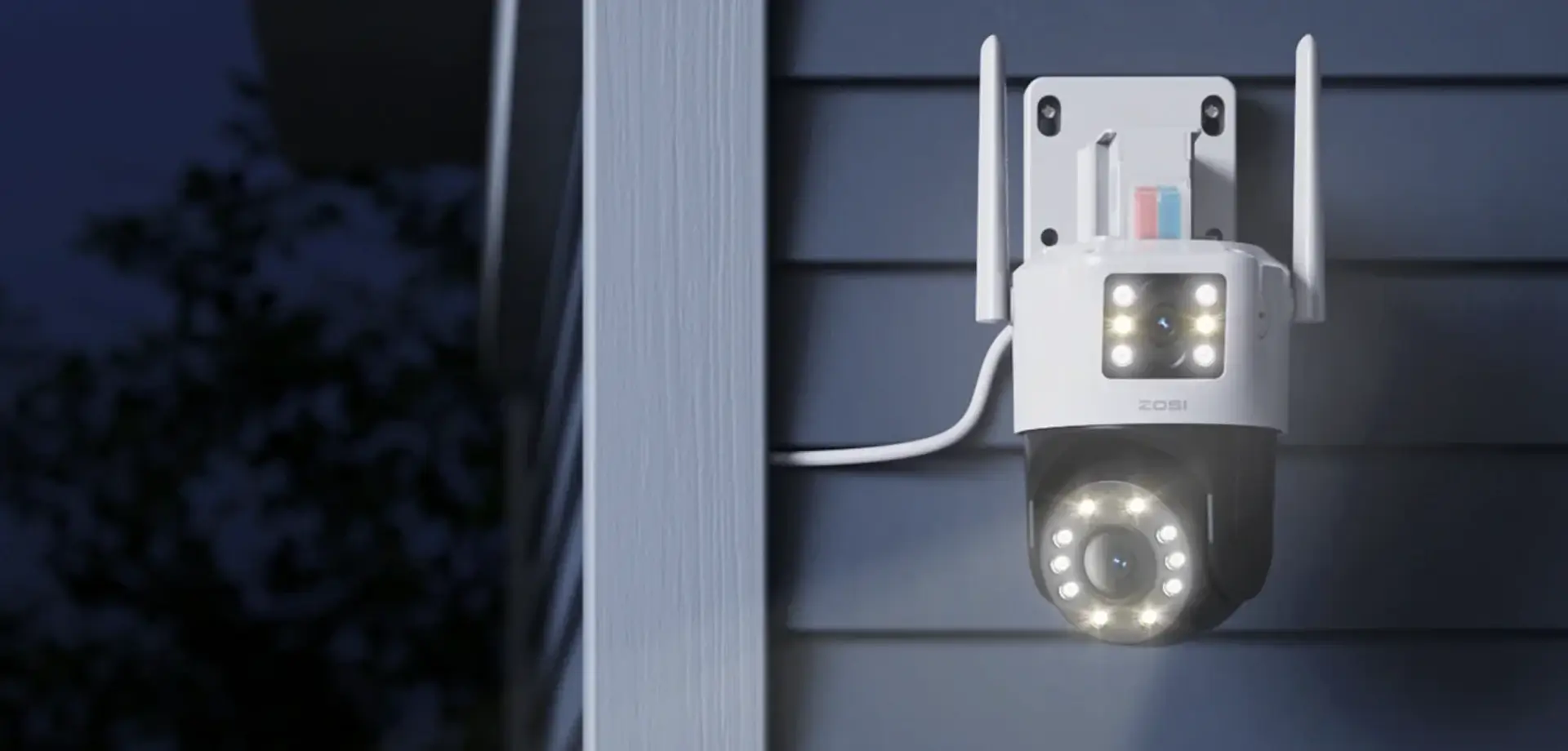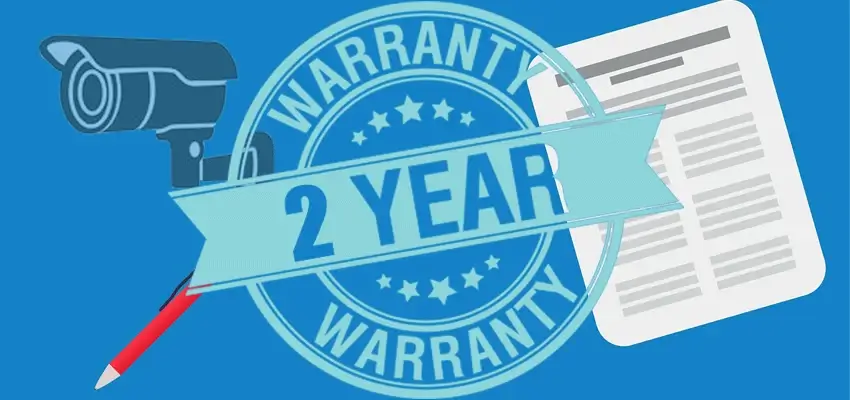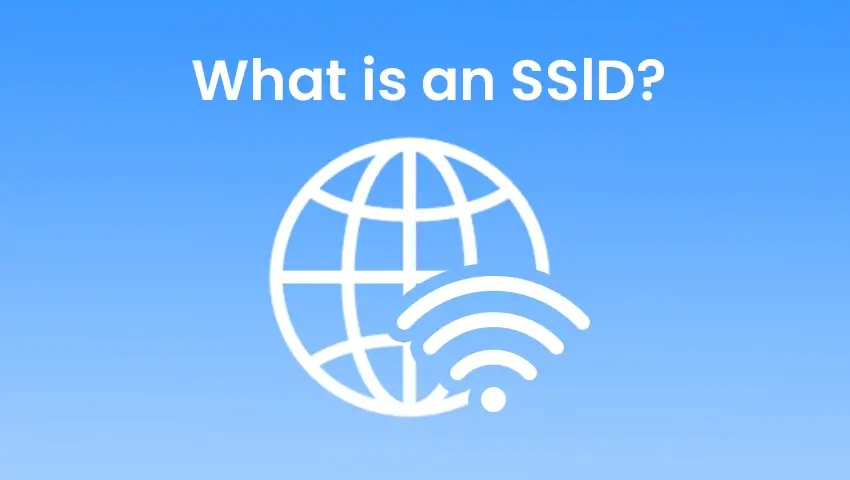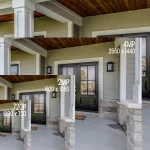Are you curious about the technical specifications and applicability of 480p video resolution? This resolution, featuring 854×480 pixels, is typically used for standard-definition displays and content. It has been widely used for analog TV broadcasts, DVDs, some older surveillance camera systems, and select online streaming services.
In this article, we’ll delve into the details of 480p resolution and its use in various fields, from TV to gaming to online streaming.
Contents
What 480p Resolution Actually Means?
Simply put, it refers to a video resolution with 480 lines of vertical pixels and 854 pixels horizontally, with the “p” standing for progressive scan. This means that the lines are displayed sequentially from top to bottom, rather than interlaced as two separate fields. In practical terms, 480p resolution contains a total of 480 x 854 = 480,360 pixels, with a widescreen aspect ratio of 16:9.
While this provides reasonably clear standard definition images and video, it does so while maintaining smaller file sizes and lower bandwidth usage than higher resolution devices such as high-resolution security cameras. It is widely considered the minimum resolution for an acceptable widescreen viewing experience, setting the standard for many analog broadcasts, DVDs, and older video content.
The Technical Specifications of 480p Resolution
480p resolution offers reasonably good visuals without the storage and bandwidth needs of HD or 4K resolutions, making it common for many devices and media types. Here’s what you need to know about its technical specifications:
- Quality: At 480 vertical lines, 480p resolution provides standard definition quality that is reasonably clear, though less sharp than 720p or 1080p HD. While fine details in images and videos may appear pixelated, it is quite adequate for smaller screens like old tube TVs and video surveillance monitoring where sharp detail is less essential. The 480p image also maintains its quality better in motion than lower resolutions of 480p video quality.
- Pixel Count: As mentioned earlier, 480p resolution contains a total of 480 (vertical lines) x 854 (horizontal pixels) = 480,360 pixels (854 x 480). This lesser pixel count allows for smaller file sizes and streaming bandwidth requirements.
- Aspect Ratio: 480p resolution uses a widescreen 16:9 aspect ratio, meaning the width is 1.77 times the height. This expanded horizontal space is well-suited for widescreen displays and programming.
- Size and Dimensions: A 480p video or image with an 854 x 480-pixel count at a 16:9 aspect ratio results in a rectangular display with dimensions of 1,077 x 480 pixels. At typical displays with around 100 pixels per inch, a 480p video size works out to about a 10-inch diagonal 480p image. By comparison, a 720p HD resolution would extend to 13 inches diagonal with sharper detail.
The Differences Between 480p and 8MP Resolution?
While 480p is commonly associated with standard definition video content, the “480” representing the vertical pixel count, 8MP indicates an image resolution of 8 megapixels. Compared to 480p, 8MP offers significantly higher quality and more image details, providing greater clarity and visual information.
Zosi’s recent release of the 8MP WiFi security camera in early 2024 at the ISC WEST, the 1NC-298, is a game-changer in the field of surveillance technology. With dual-lens capabilities and cutting-edge technologies like image-stitching algorithms and motion tracking, this camera is at the forefront of intelligent security surveillance. If you’re looking for high-quality, feature-rich security solutions, consider upgrading to 8MP technology, and stay ahead of the game in surveillance.
8MP PTZ Wifi Outdoor Camera With Dual Lens - 1NC-298
- 4MP+4MP Dual Lens
- Dual Lens Achieves Ultra-wide Field Of View
- AI Person Detection and Auto Tracking
- Starlight Color Night Vision
- Smart Motion Alerts Push
- Two-way Audio & Customize Voice Alerts
- SD Card Storage & Cloud Storage
Get more details from the 8MP security camera reviews here.
Below is a video shared by a user of 1NC-298.
The Practical Applications of 480p Resolution
This resolution has been used across several applications historically and continues today, thanks to its balance of quality, file size, and bandwidth. Here are some of the most common applications for 480p resolution:
- TV: Analog broadcast television often uses 480p resolution for standard definition widescreen signals. Even today, some programming and channels still offer 480p feeds for increased accessibility and have restrictions on higher HD feeds.
- Security Camera Systems: Legacy CCTV systems still use 480p resolution feeds. While modern 4K security cameras are available, upgrading surveillance systems to higher resolutions can be cost-prohibitive. Hence, 480p resolution remains valuable for many small to mid-sized security systems delivering usable video monitoring quality.
- Video Streaming & DVDs: Streaming services and platforms offer 480p resolution options, which allow viewers to watch content reliably on slower internet speeds while limiting and scaling the bandwidth. Additionally, the original DVD format displays content at 480p resolution by design.
- Gaming Consoles: Older video game consoles typically output at 480p resolution, including Gamecube, PlayStation 2, Wii, Xbox, and others that relied on composite/component signal cables on CRT televisions. These systems still deliver decent graphics and playability, albeit with lower fine details as compared to modern consoles.
Upgrade 480p Resolution Video to Full High-Definition 1080p Resolution
Converting your footage is easier than you think and can be achieved in three simple steps using a 480p resolution converter:
- Use video editing software like Final Cut Pro, Adobe Premiere, or DaVinci Resolve to import your 480p clips.
- Set your sequence/project settings to a 1920×1080 progressive 1080p resolution.
- Use software rendering options to upscale your source video to match the sequence resolution, which employ advanced resizing algorithms to minimize artifacts and improve detail.
Furthermore, additional image sharpening and correction tools can further enhance your end results for a polished look. You may be surprised at how much better the clarity of your converted 1080p video looks compared to its originating 480p source.
FAQs
1. Is 480p Resolution a Good Choice?
480p resolution provides reasonably clear standard definition quality suitable for smaller screens and applications where HD is not considered essential. It’s perfect for video monitoring, analog TV broadcasting, DVDs, and certain streaming content. However, it may lack the fine detail and sharpness that higher resolutions such as 720p and 1080p offer.
2. What’s The Difference Between 480p, 720p and 1080p Resolutions?
480p resolution delivers 480 lines of resolution vertically, while 720p HD delivers 720 lines of resolution vertically and 1080p delivers 1,080 lines of resolution vertically. This results in higher overall megapixel resolution for 720p and 1080p, allowing for greater clarity and detail. 1080p, in particular, supports the most crisp and detailed images and videos with over 2 megapixels.
3. Is 480p Resolution 4:3 or 16:9 Aspect Ratio?
Unlike older 4:3 aspect ratio formats, 480p utilizes the widescreen 16:9 ratio better suited to modern widescreen televisions and video, providing a more immersive viewing experience.
Conclusion
While 480p resolution has been surpassed by modern high-definition standards, it still has practical roles to play in broadcasting, monitoring systems, streaming situations, and legacy hardware where bandwidth must be limited. Its specifications offer a balance between good visual quality and smaller file sizes.
However, when 480p content is utilized on larger screens, there is a loss of detail quality, which may hinder an optimal viewing experience. Therefore, completing an upgrade to 1080p HD or higher resolutions becomes crucial to create maximum clarity and sharpness that will bring visuals to life.





